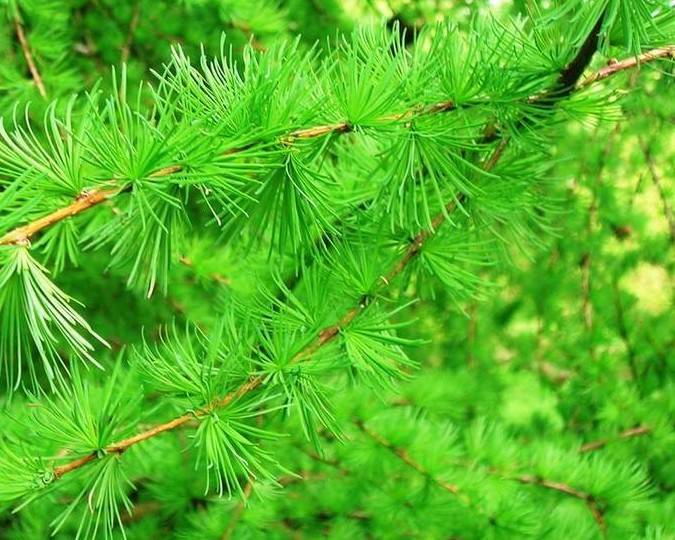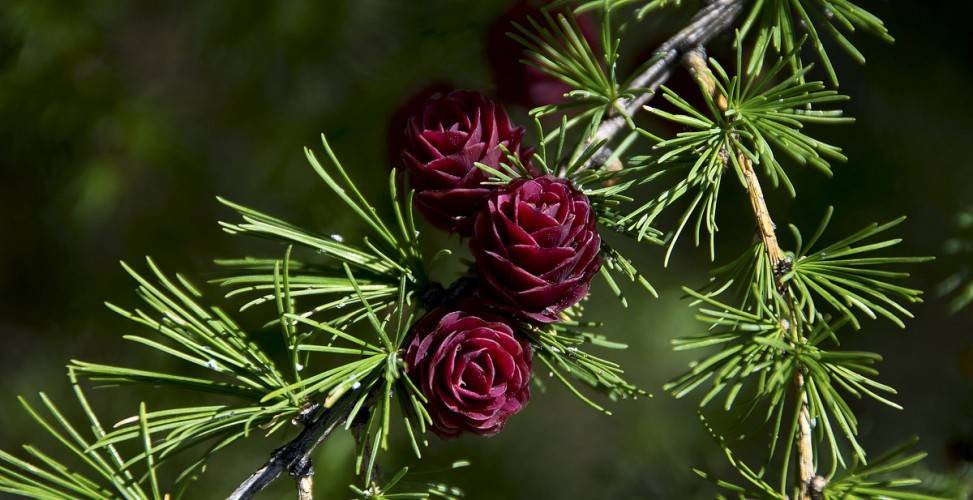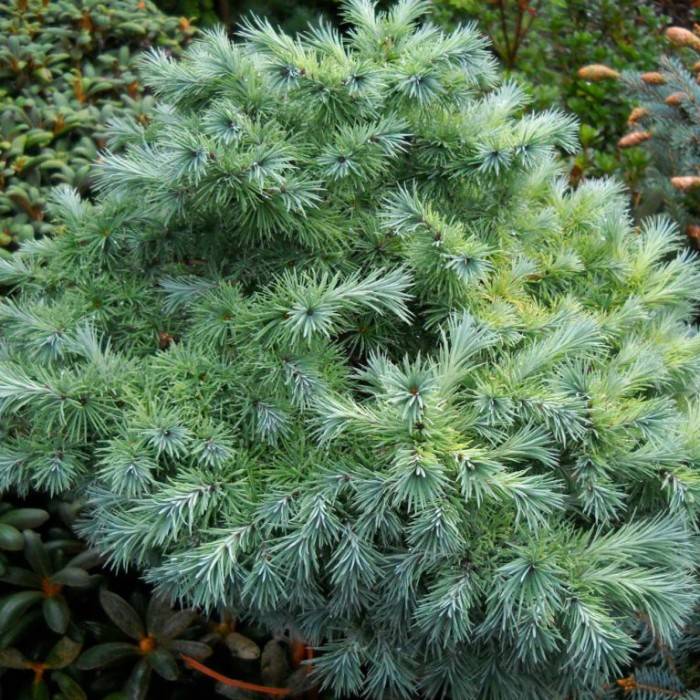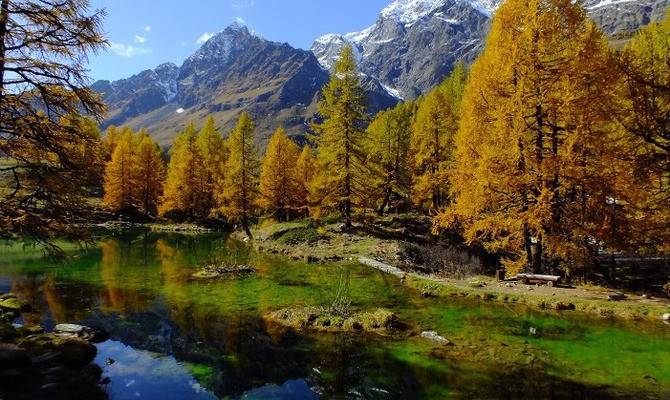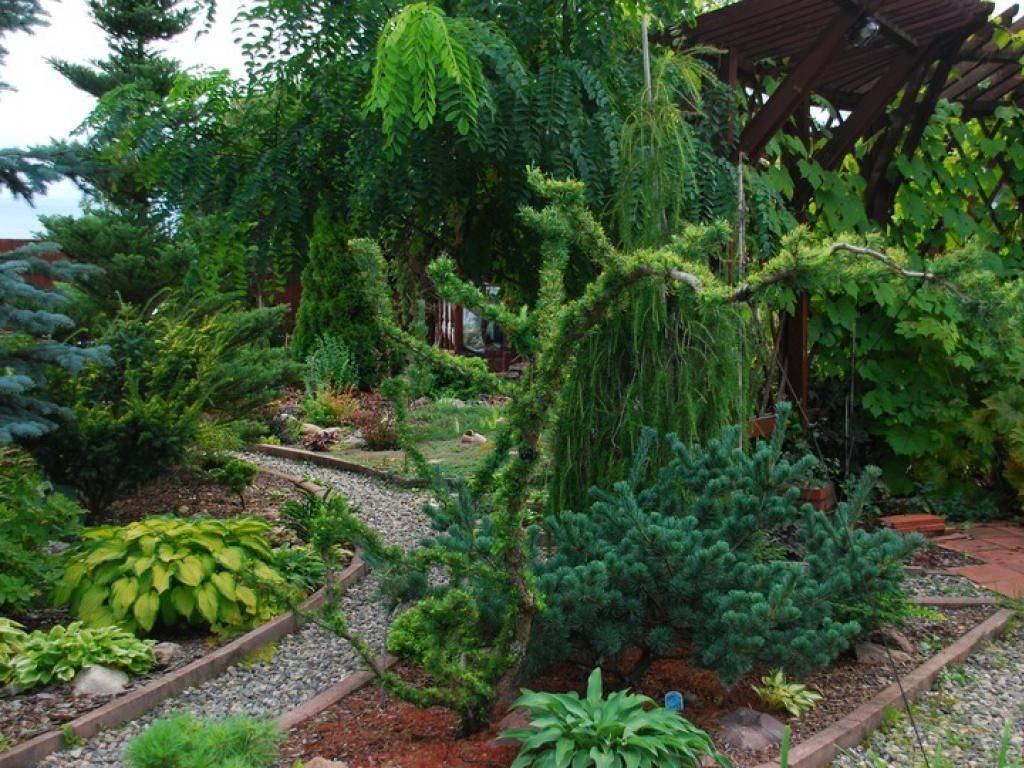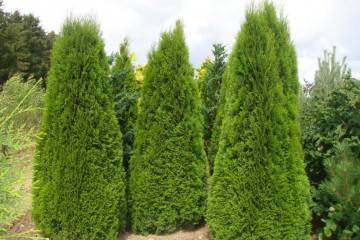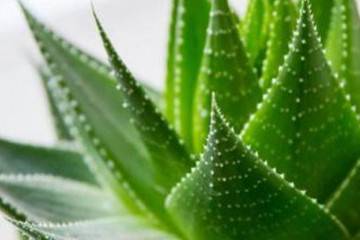What does larch look like, crown shape and root system
Content:
Although this tree is considered coniferous, it sheds its needles with the onset of cold weather. At the same time, its attractiveness is not lost. On the branches there are small bumps of a beautiful color, giving the tree a real mystery.
What does larch look like?
This tree belongs to monoecious conifers from the pine family. Its distinguishing feature from other members of the family is the dropping of needles every year. Habitat - European continent, Asia and America. It prefers to grow in cold, temperate climates, less often in the subtropical zone.
What does a larch tree look like? Under natural conditions, it is capable of reaching 50 m in height. The trunk is thick, covered with brown bark with deep grooves. Older trees boast trunks up to a meter in diameter.
Larch crown shape
The shape of the crown in larch tends to change as the plant grows. So, in young trees, the crown is distinguished by a peculiar lightness and a certain delicacy. Initially, the branches are arranged in a cone. As the plant matures, changes in the shape of the crown begin. Now it is more flattened at the top, and generally resembles an oval.
Root system
The root system of larch in the wild is powerful. It is characterized by branching without a pronounced taproot. At the same time, the lateral roots are strong and deep. This allows the tree to be stable against strong gusts of wind. In some cases, you can find the appearance of roots on the branches that are in close contact with the ground.
In places with highly waterlogged soil, the root system is a surface network. Adventitious roots are formed in a tree in conditions of growth in wetlands (in moss bogs, sandy-silty soils, when a layer of moss grows on the trunk).
Needle length
The needles of this tree are unusual: they are not at all prickly, they are painted in a bright green color and are flattened on both sides. The total length of the "needles" reaches 4 cm. Long branches, depending on the type of plant, are decorated with single needles or growing in the form of a spiral. On shorter branches, the needles are collected in a kind of bunches.
Larch cones
As stated in the description of larch, this variety of conifers belongs to gymnosperms, and cones are their fruits. The fruiting phase (the formation of cones on the tree) comes late - about 10-15 years of the tree's life. The shape of the cones and their size directly depend on the sex of the plant. In males, the fruits are covered with specific yellow scales, reaching a size of 10 mm. In female plants, the cones are red (in some cases, brightly scarlet). The size of female fetuses is much smaller than male ones. Seeds, as they ripen, fall out of the cones and are carried by the wind over fairly long distances.
After the tree sheds its needles in the fall, it enters the winter completely bare, but at the same time it perfectly tolerates severe frosts.In the spring, new young green needles begin to grow.
Where does larch grow
What kind of tree is larch and where is it distributed, biologists clearly explain. Its natural habitat is considered to be the subarctic and subalpine climatic zones. This representative of conifers grows in the mountainous regions of a number of Asian and European countries. Distributed in Canada and the northern states of America. She is able to form real light coniferous forests. It also thrives on growing next to other trees.
How many years does larch live
The life span of this tree is on average 350 to 450 years. But there are registered cases when representatives of this breed lived for 900 years. Long-livers are such types of larch as Siberian, European, Daurian, Japanese.
What happens to a tree in winter
The tree tolerates the cold season well. It is resistant to short frosts after winter, as well as temperature extremes in winter. In this regard, it is widespread and grows in the Arctic Circle and in the highlands.
Attitude to light
This is a light-loving plant, so the best growth is observed during a period of full sunlight. Despite the fact that it is equipped not with leaves, but with needles, it is in the presence of bright lighting that its best renewal and growth occurs.
For a long period of time (several decades), the growth is insignificant due to shading by the parent stand. Favorable conditions for growth are not shaded areas of the forest. With good lighting and suitable soil, a young tree grows quickly, adding up to 1 meter per year up to 20 years of age.
Larch is a coniferous or deciduous tree
What is larch? It is a genus of plants belonging to the pine family. Larch is a coniferous tree that loses its needles for the winter and grows them back with the onset of spring heat.
Interesting facts about larch
In addition to the fact that the larch tree has the ability to shed its needles for the winter, it also has a number of interesting features. For example, its wood with a pleasant golden hue with a beautiful texture is very hard and resilient, has good resistance to decay processes.
People have learned to extract dyes from the bark and use them to process fabrics. Interior items (furniture) made from this type of coniferous tree has the ability to cleanse the air from harmful substances present in it. The phytoncides contained in wood help to cope faster with colds.
How to distinguish larch from pine
In the wild, it is not difficult to distinguish pine from larch. Especially in winter, because larch sheds its needles, unlike its relative pine. The difference is in the growth itself. Pine needles are long, sparsely located on branches, prickly. Larch has soft needles, flattened on both sides.
Differences problems can arise when using wood materials. To distinguish pine from larch, you need to take into account a number of features of each of the tree species presented. Main criteria and differences:
- Smell - pine boards have a bright coniferous smell, while larch boards have almost imperceptible aroma.
- Color characteristics - larch saw cut has a dark shade, and under the influence of direct sunlight it becomes reddish altogether. In pine, the wood is light, later acquiring a yellowish tint.
- Weight - larch is much denser and heavier than pine.
- Durability and fire resistance - when carrying out a sharp object on larch wood, no traces remain, in contrast to a similar experiment with pine wood. In addition, pine ignites faster, so it is preferable to choose larch for the construction and decoration of premises.
Use in landscape design
The northern coniferous beauty has about 20 species. To decorate the adjoining territories, specialists in the field of breeding have bred numerous decorative varieties.
Guided by simple planting rules, you can root the plant as one in the middle of the lawn, or make it part of the composition in the backyard. Various deciduous plants and groups of shrubs are used in the garden to enhance the beauty of this coniferous tree. Larch looks good in a rock garden.
The most attractive is the bole tree, the branches of which hang down in the form of a cascade. It looks beautiful next to lampposts and garden paths. Landscape designers also recommend covering the area near the tree with small pebbles. It is important to remember that this representative of conifers does not like wetlands.
The use of larch in construction
Wood is widely used in construction. In connection with the recently increased fashion for wooden houses, logs and beams for them are recommended to be chosen from larch. Walls made of coniferous wood of this species do not allow cold air and extraneous noise into the room.
I use larch wood for the construction of classic houses or as an addition to buildings erected from brick and stone. Due to the fact that this species of coniferous trees has an unusually low thermal conductivity, it is used for the construction of baths and saunas. In addition, the substances contained in wood block the formation of fungi and destroy pathogenic bacteria. Larch wood is even more commonly used to make pieces of furniture, as well as floors, stairs, window frames and doors.
The disadvantages of wood in the course of work are:
- increased complexity in material processing - the tool quickly deteriorates;
- problems with the renewal of the wood coating - due to the high hardness of the wood species;
- drying problems;
- the appearance of cracks over time as a result of frequent and uneven wetting of the lumber.
Larch is a real miracle of nature. Despite the fact that it belongs to conifers, it has a distinctive feature - it drops its needles for the winter. The tree trunk is so strong that it can stand for centuries. After all, it was from Siberian larch that the piles were made, on which Venice still stands.
